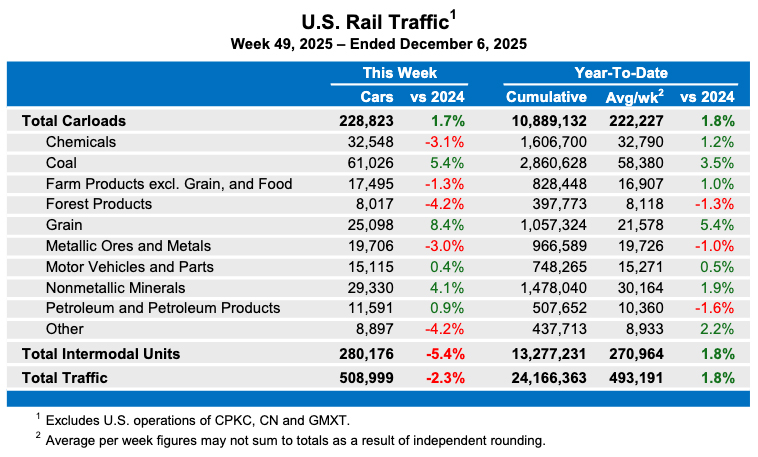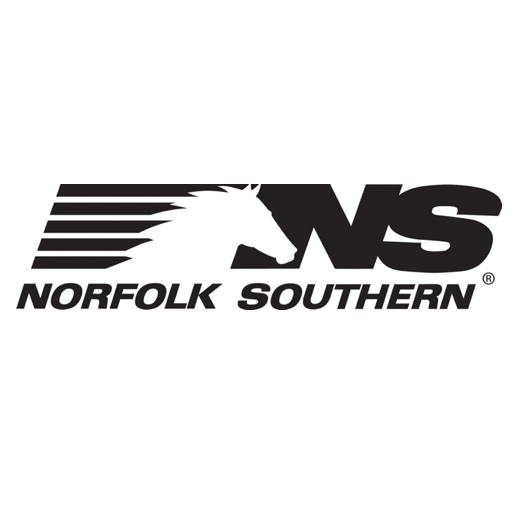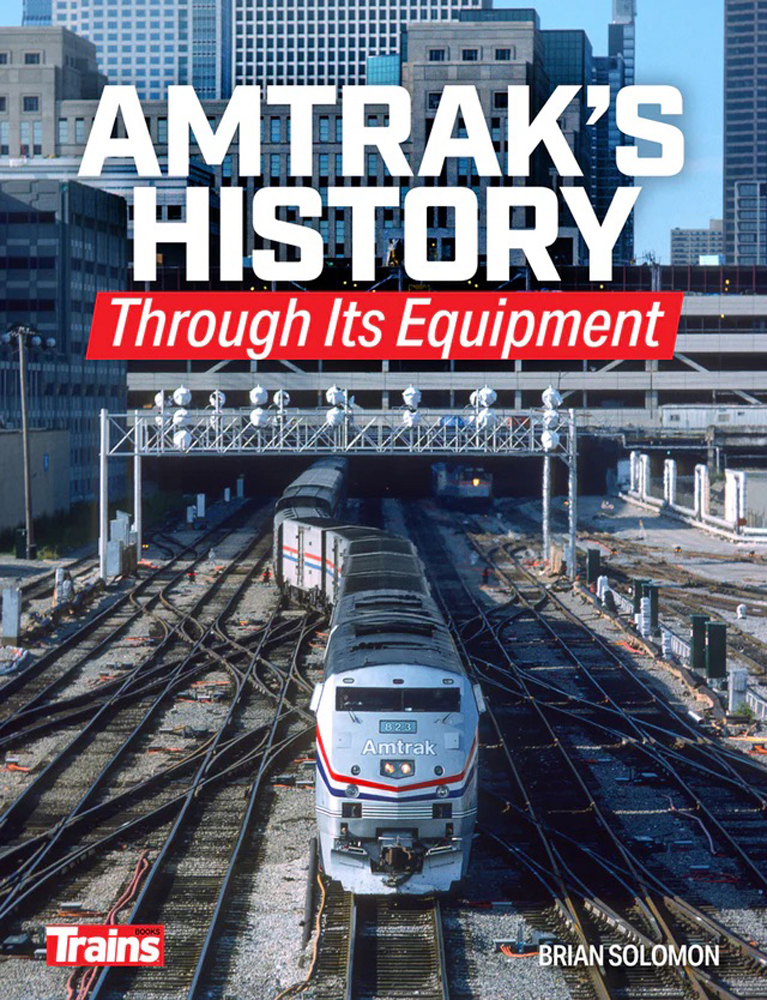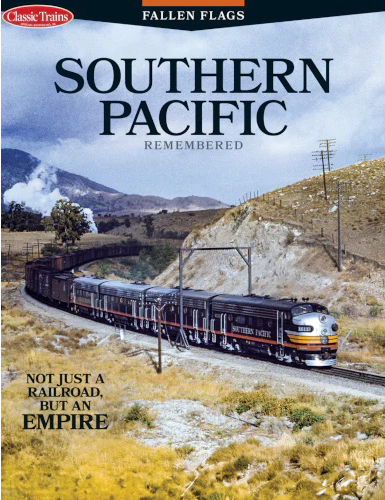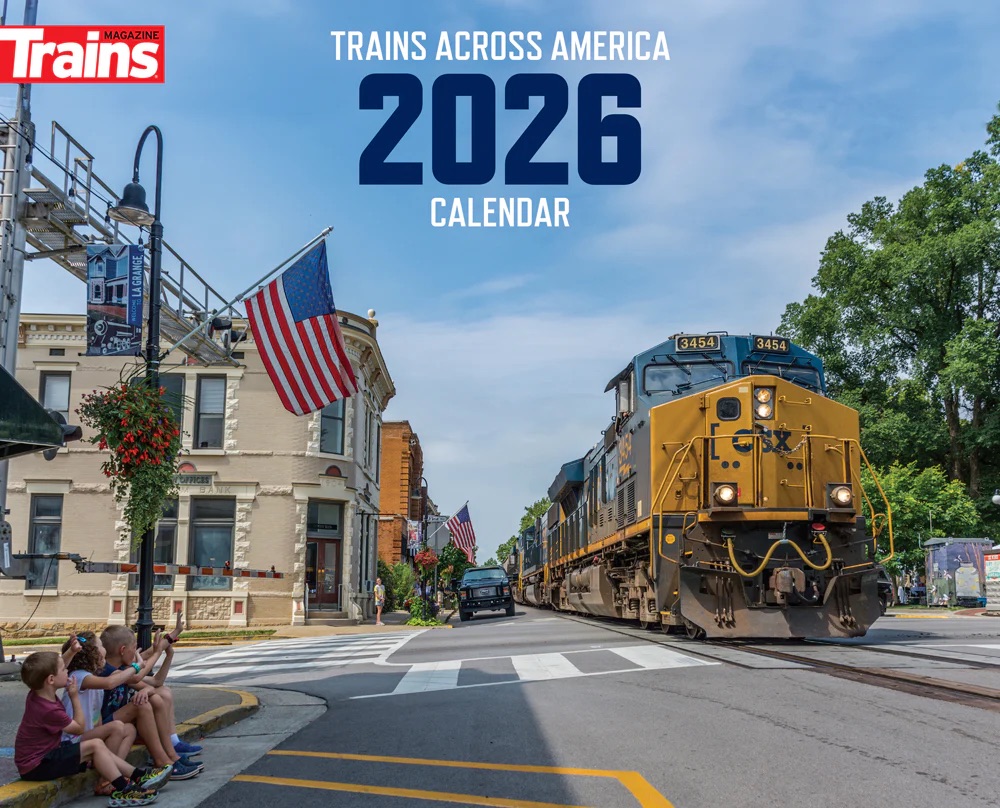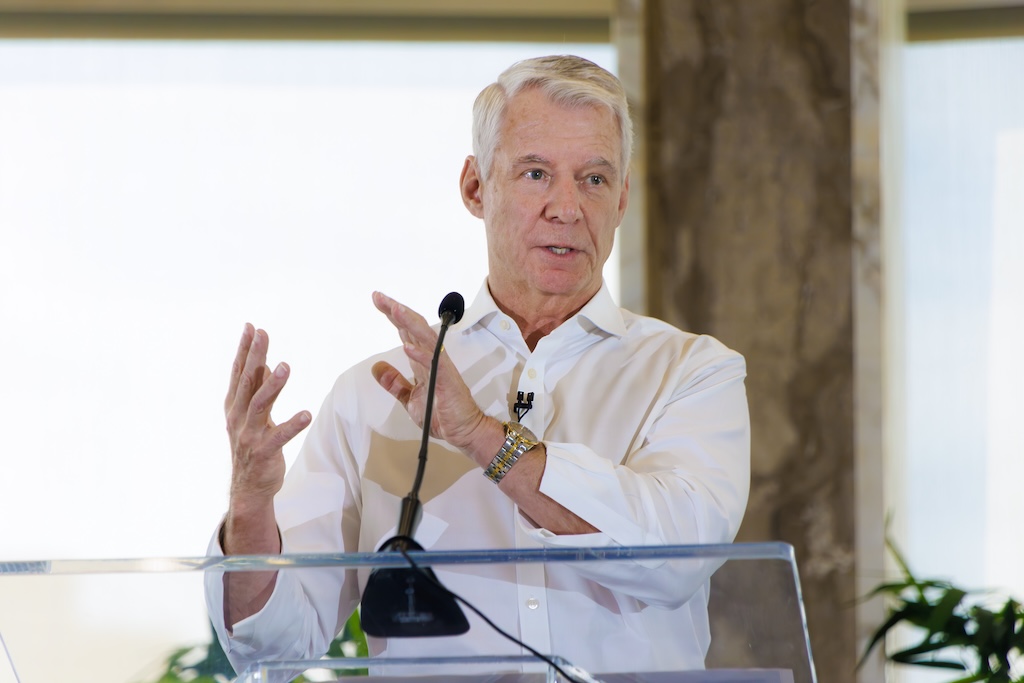
JACKSONVILLE, Fla. — New CSX CEO Steve Angel says his focus will be keeping the railroad running well every day while waiting for the right merger deal to come along.
Angel, who replaced Joe Hinrichs on Sept. 29, was peppered with merger-related questions during the railroad’s third-quarter earnings call on Thursday afternoon.
One Wall Street analyst noted Angel’s history of leading industrial gas company Praxair through its merger with Linde. “I ran Praxair for 10 years before we concluded a merger with Linde AG,” Angel said. “And so you could say I was very patient. But the way these things work, these strategic opportunities, you’ve got to wait for the right timing.”
Meanwhile, the priority must be on making the business the best in its class, he says, Then when the right deal materializes, the company can enter merger discussions from a position of strength.
Union Pacific’s proposed $85 billion acquisition of CSX rival Norfolk Southern has prompted speculation that CSX would need to find a merger partner. But Berkshire Hathaway, which owns UP rival BNSF Railway, says it’s not interested in bidding on CSX. And BNSF has come out swinging against the UP-NS merger while touting alliances.
The prospect of a merger in any industry brings pluses and minuses, Angel says, and companies must mitigate the risks and take advantage of the opportunities.
Angel was in marketing and sales at locomotive manufacturer GE Transportation when the 1996 Union Pacific-Southern Pacific merger sparked an operational meltdown in 1997-98. “That didn’t go swimmingly,” Angel says, noting that UP-SP was among the factors that prompted the Surface Transportation Board to draw up tougher merger review rules in 2001.
The regulations require merger applicants to show their deal is in the public interest and will enhance competition. They also have to outline how their merger might prompt further consolidation.
“There is a very rigorous approval process that two parties are going to have to go through, and when I read the language of the evaluation criteria from the STB, it’s pretty onerous,” Angel says.
CSX will be an active participant in the review process, Angel says. “You can rest assured we’re going to make sure that we’re competitive no matter what,” he says.
The railroad also will continue to seek interline agreements, like those reached this summer with BNSF and Canadian National for new intermodal service. Intermodal growth figures show that the alliances are off to a successful start, Angel says.
“The opportunity set has always been there for railroads to work more closely together to take trucks off the road,” Angel says, while acknowledging that railroads have not always worked to eliminate interchange friction.
But he says the other Class I railroads are now open to forging closer ties and taking trucks off the road. “So I think there’s reason for optimism,” he says.
There’s uncertainty around how the UP-NS merger process will unfold, Angel notes.
“But I can say right now we can improve the performance of the base business, capitalizing the opportunities in front of us,” he says. “And if there’s a better path to shareholder value that presents itself later on, we will 100% pursue that.”







